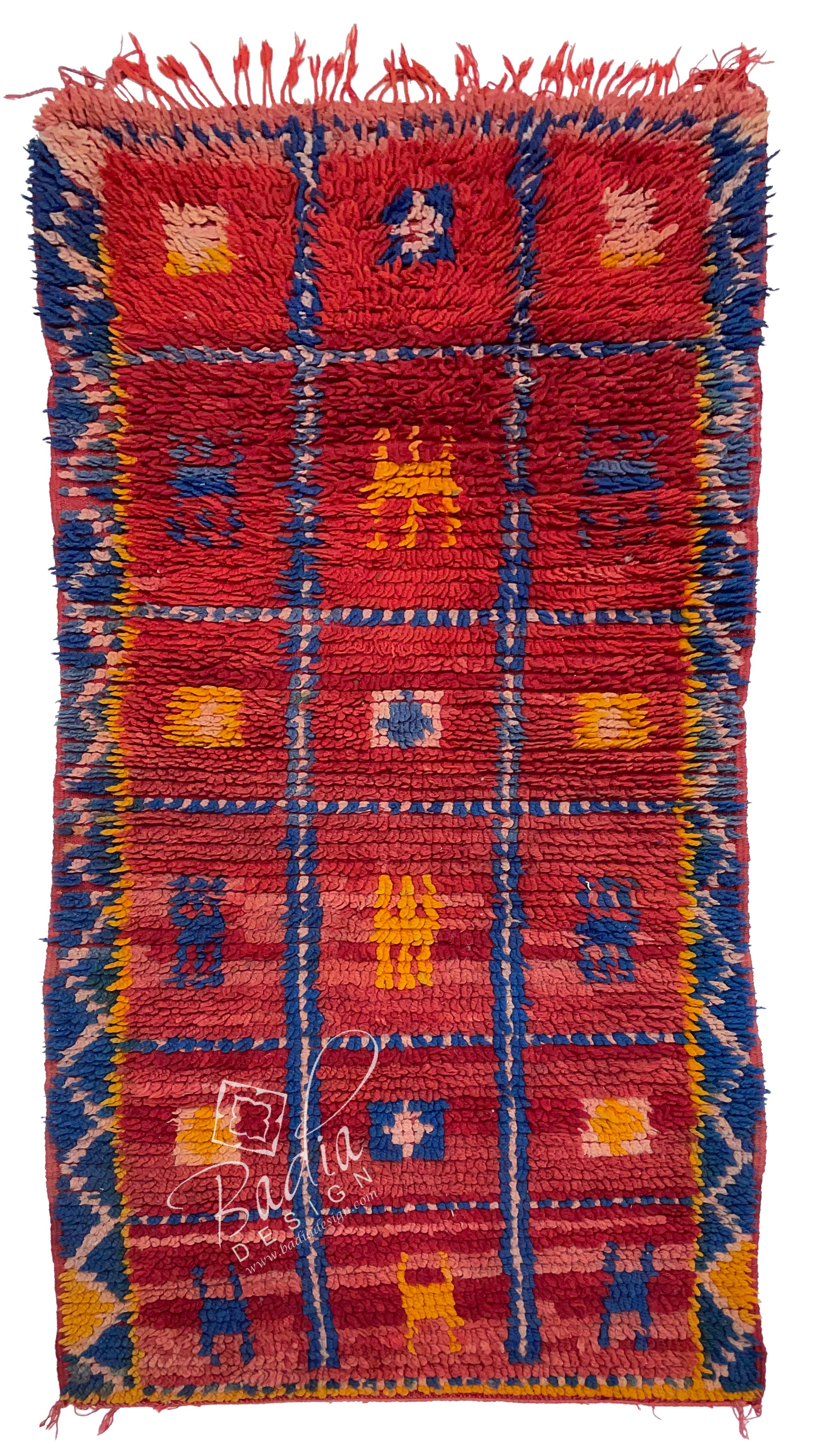Moroccan Rug Store Los Angeles
Moroccan Rug Store Los Angeles
Blog Article
Moroccan Berber Rugs: A Heritage of Craftsmanship, Culture, and Style
These rugs have enchanted people across the globe with their historical significance, intricate craftsmanship, and timeless design. Whether you are furnishing a comfortable living room, a chic office space, or a upscale resort, these rugs go beyond practicality to become cultural and artistic masterpieces. This guide delves into the rich origins of Moroccan Berber rugs, the meticulous craftsmanship behind their creation, their renowned durability, and creative ways to incorporate them into today’s interiors.
These rugs originated with the ancient tribal artisans of North Africa, dating back centuries. These indigenous groups, with their rich cultural heritage, developed rug-weaving techniques as a practical response of their nomadic lifestyles and varied environmental conditions.
Each Berber rug tells a story, often woven into the fabric unique to the tribe or family that created it. Motifs often symbolize themes like protection, nature, or fertility, giving each rug cultural significance. Historically, these rugs were made for practical use, offering warmth in the cold Atlas Mountains or serving as bedding in arid environments.
During the 20th century, these rugs more info were introduced to global design by architects such as Le Corbusier and Frank Lloyd Wright, who used them in prestigious projects. Today, their enduring charm and deep heritage make them a top pick for interior designers and collectors alike.
These rugs are created using traditional techniques, preserved over many generations. It represents a harmonious fusion of cultural heritage and artistic skill.
These rugs are made from materials like wool, camel hair, and cotton, renowned for their strength and comfort. Wool stands out for being both durable and cozy, as well as for its natural warmth. Artisans often hand-spin the wool, giving each rug a distinctive texture.
Berber rugs are handwoven on classic frames, a process that can take weeks or even months depending on the size and complexity of the design. The knots—whether Beni Ourain’s soft, flowing look or the tighter weave of Azilal rugs—define the rug’s durability and appearance.
Natural dyes derived from organic sources are used to create the bold hues found in many Berber rugs. Earthy tones such as beige, cream, and brown are common in Beni Ourain rugs, while Azilal and Boucherouite rugs showcase bolder colors like reds, blues, and yellows.
One of the most celebrated features of Moroccan Berber rugs is their exceptional durability. This makes them a smart choice for both homes and commercial spaces.
Berber rugs owe their longevity to the high-grade nature of their natural fibers. Wool’s elasticity and stain resistance contribute to their durability.
Taking care of these rugs is straightforward. Routine vacuuming and periodic professional care can preserve their beauty for decades.
How to Decorate with Moroccan Berber Rugs
Adding Moroccan Berber rugs to modern spaces is simpler than it seems. These rugs' adaptability allows them to suit various aesthetics, including minimalist and bohemian styles.
1. Anchor a Living Room
Use a large Beni Ourain rug as the centerpiece of your living room. Its neutral colors and simple geometric patterns can tie together various design elements while adding a sense of warmth and comfort.
2. Add Color to Neutral Spaces
In minimalist or neutral spaces, a colorful Azilal or Boucherouite rug can add a bold, eye-catching accent. They are ideal for subdued settings, acting as the central highlight.
3. Combine Rugs for Depth and Style
For a cozy, eclectic vibe, layer a smaller Berber rug over a larger natural-fiber rug, such as jute or sisal. This pairing enhances texture and emphasizes the unique patterns of the Berber rug.
4. Elevate the Look of Offices and Workspaces
Moroccan Berber rugs are perfect for adding elegance and warmth to professional spaces, including offices and lounges. The artisanal craftsmanship of these rugs radiates authenticity and refinement.
5. Use as Wall Art
Certain Moroccan Berber rugs are so beautiful that they function wonderfully as wall art. Displaying a Berber rug on a wall highlights its intricate design and cultural significance.
Reasons to Invest in Moroccan Berber Rugs
For both homeowners and businesses, Moroccan Berber rugs represent a blend of practicality, aesthetics, and cultural significance. Their durability ensures a long lifespan, while their timeless designs can adapt to changing trends and tastes.
Sustainability and Ethical Production
Many Berber rugs are crafted using eco-friendly and sustainable practices. Purchasing these rugs helps preserve artisan traditions while enriching your decor with sustainable beauty.
The Appreciating Worth of Moroccan Berber Rugs
Authentic Moroccan Berber rugs often appreciate in value over time, especially vintage or rare pieces. They are both functional decor and collectible assets.
 Report this page
Report this page